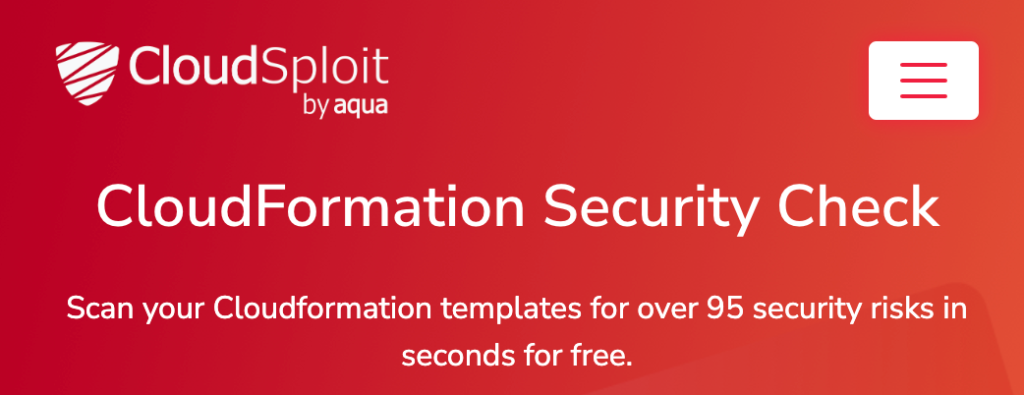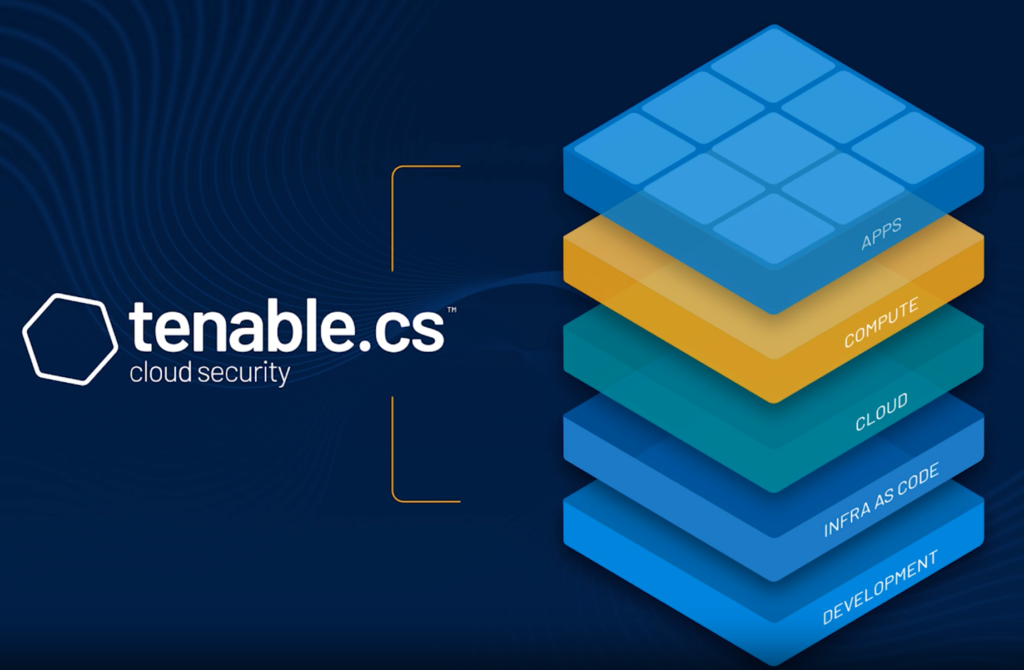Top 12 Open Source Code Security Tools
Open source software is everywhere. From your server to your fitness band. And it’s only becoming more common as over 90% of developers acknowledge using open
IaC (infrastructure as code) is the latest tool to transform the face of IT infrastructure – in a nutshell, it means managing and provisioning infrastructure through code instead of manual processes. IaC provides developers with a blueprint that allows them to create tools and provision infrastructure on-demand while staying in control, increasing efficiency, and maintaining consistency when deploying updates and changes.
It’s no wonder that IaC also plays a crucial role in cloud computing. It has already led to the creation of technologies such as Terraform, Azure Resource Manager templates, and AWS Cloud Formation templates. Unfortunately, as with any technological development, IaC also makes way for new risks and vulnerabilities, which means that hasty adoption may not make code as secure as developers hope. Despite these concerns, the benefits can’t be ignored, and IaC rates continue to soar, particularly in the industrial space.
But as IaC becomes an inseparable part of the DevOps toolchain, developing solutions that address security concerns is critical. And this is where scanning comes in.
Identifying errors in pre-made code templates is challenging. Unless a developer knows the codebase, each part must be meticulously scanned for security flaws or vulnerabilities.

IaC scanning takes care of this process by using tools to automatically go through various elements of an application, device, or network to find and identify security flaws or vulnerabilities in them. The tool can then apply a set of rules to the code that indicate what behavior is considered suspicious, malicious, or a potential danger. These rules are defined based on security best practices and can help locate vulnerabilities and indicate where in the system security reinforcements are most needed.
Scanning tools can even be used to isolate specific issues. Basing the system on a specific ruleset ensures that your IaC scanners remain consistent with the same rules and policies as your other security tools. The scan must be run in the test stage of development. Scanners generally support most languages, with some even supporting mixed-language projects, and many are open-source and easily customizable.
While using existing codebases is convenient, they are often made up of different sections of copy-pasted code – and developers may be unaware of everything that is or isn’t included in that code. As a result, identifying problems or mistakes that create vulnerabilities becomes exceptionally challenging and time-consuming. When IaC is used across the organization, this issue becomes even more pressing because even if you know your team’s codebase, you can’t be sure what other teams are including in theirs.

Developers shouldn’t need to waste valuable time going through templates that are designed to be time-saving. And even if you are willing to invest the time required to search through the code and locate vulnerabilities, there’s still the risk of human error. Scanning tools automate the process and ensure that every inch of code is secure and vulnerability-free.
As IaC has become the method of choice among developers, the number of IaC tools has increased. When it comes to scanning tools, the market is currently flooded with plenty of options. Therefore, we’ve narrowed it down to this list of some of the top scanning tools currently available.
Spectral obviously. Not to toot our own horn but we would be remised if we didn’t mention Spectral here for a few reasons. First, you can scan IaC assets for free. Second, the Spectral AI is one of the most (if not the most advanced) scanning solution for IaC. Third, it is presently in use by some of the most innovative organizations worldwide. You can start scanning now for free.

Terrafirma is another tool that’s best applied to static code analysis. Like TFLint, Terrafirma works best when used on Terraform code. The tool is designed to identify and locate security misconfigurations and can detect vulnerabilities across your code. Unlike most other tools, Terrafirma releases its output as tfjson files as opposed to JSON.

CloudSploit can scan Cloudformation templates in seconds and can perform over 95 vulnerability checks across 40 resource types, covering almost all AWS products. In addition, the tool has effective risk detection and security implementation features and can identify vulnerabilities in your cloud infrastructure before launch. The solution also provides API access and usability features such as drag and drop or template pasting.

Accurics (recently acquired by Tenable) helps protect cloud infrastructure against misconfigurations, potential data breaches, and policy violations. Accurics scans code in Terraform, Kubernetes YAML, OpenFaaS YAML, and Dockerfile, allowing you to detect issues before they can affect operations and manage them within your cloud infrastructure. The solution increases visibility and simplifies the DevOps process by streamlining compliance, security, and governance procedures. Accurics is available as a cloud solution or as a self-hosted version, so you can select the option that best suits your organization’s needs.
Although scanners cover many security challenges of working with IaC, relying on just one security solution isn’t advised. IaC scanning has limitations, and additional solutions are required to fill the gaps. For example, these solutions can only scan code for existing or known vulnerabilities, but vulnerabilities are constantly evolving, and new and unknown security risks are likely to arise. Additionally, IaC scanners can only support a limited number of configuration files, such as Terraform, Ansible, AWS CloudFormation, or Kubernetes.
An additional solution like Spectral can help compensate for the limits of IaC scanning. Spectral’s scanning engine combines AI with hundreds of detectors so that you can continuously scan and monitor your environment for both known and unknown assets. This enables you to prevent data breaches before they happen – both in the cloud and traditional applications. Additionally, Spectral mitigates the risks of secret leaks caused by poor credential hygiene or natural human error. Start upgrading your security today by creating a free Spectral account.

Open source software is everywhere. From your server to your fitness band. And it’s only becoming more common as over 90% of developers acknowledge using open

It’s easy to think that our code is secure. Vulnerabilities or potential exploits are often the things we think about last. Most of the time, our

Experiencing a data breach is never pleasant. Just ask any of the hundreds of businesses that suffered a data breach in the past year, exposing billions